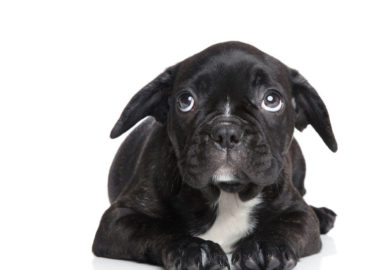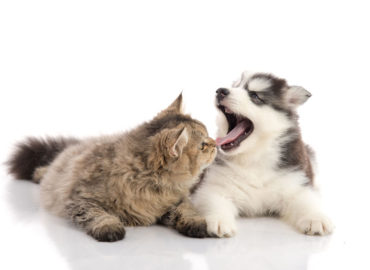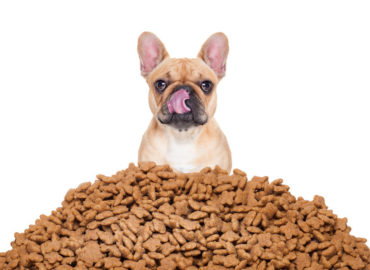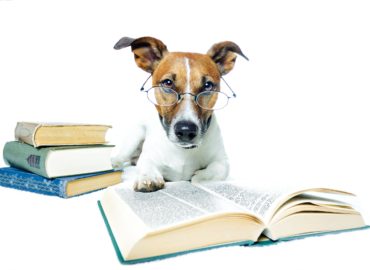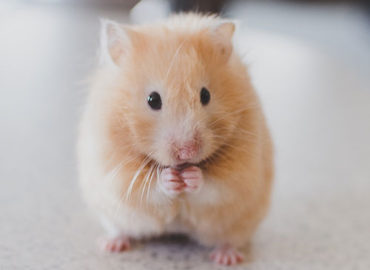Dog Body Language
Doggy Body Movin
Successfully interpreting what your dog is trying to communicate through their body language allows you to respond appropriately to their underlying emotional motivations.
Hearing
It is unusual for dogs to vocalise a lot when they interact. Their main form of communication is through body language and smells. Behaviourist think they bark, growl and whine to draw attention to the physical signals that the body language and smells provide.
Smell
The dogs’ sense of smell is considered to be 1000x as strong as humans. Dogs can detect both volatile smells via nerve endings within the nasal mucosa as well as pheromones, which activate a separate cluster of nerves along the nasal septum called the vomeronasal organ.
Sight
Since humans will miss almost all of the olfactory cues we need to rely on our eyes. To understand canine body language, owners need to look at the ears, tail, eyes, mouth, head position and centre of gravity. Due to the vast array of breed conformations owners also need to know the normal relaxed posture for their pet.
Listen With Your Eyes
An important skill in behavioural management and modification is the ability to recognise anxious or fearful behaviour. Obvious signs of anxiety are; tail tucked up between legs, dilated pupils, shaking, vocalising, pacing, hypervigilance and panting. More subtle clues include lip licking, yawning, rotatory shaking like they are wet, or lowering the head and turning away.
Cues and Consequences
The consequences of a behaviour will often determine whether it is repeated. The normal parental response to an anxious child is to reassure with hugs, cuddles and affection, but in dogs, this may inadvertently reinforce the anxious behaviour making it more likely to recur.
Instead if you ask for a calm response eg sit or down stay, ignore and monitor or talk calmly to the dog until it recovers [displays a neutral relaxed face, tail and ear posture] and then reward with a small food treat and pat, you have not only calmed your dog but decreased the likelihood that the anxiety will occur in response to the same stimuli next time.


